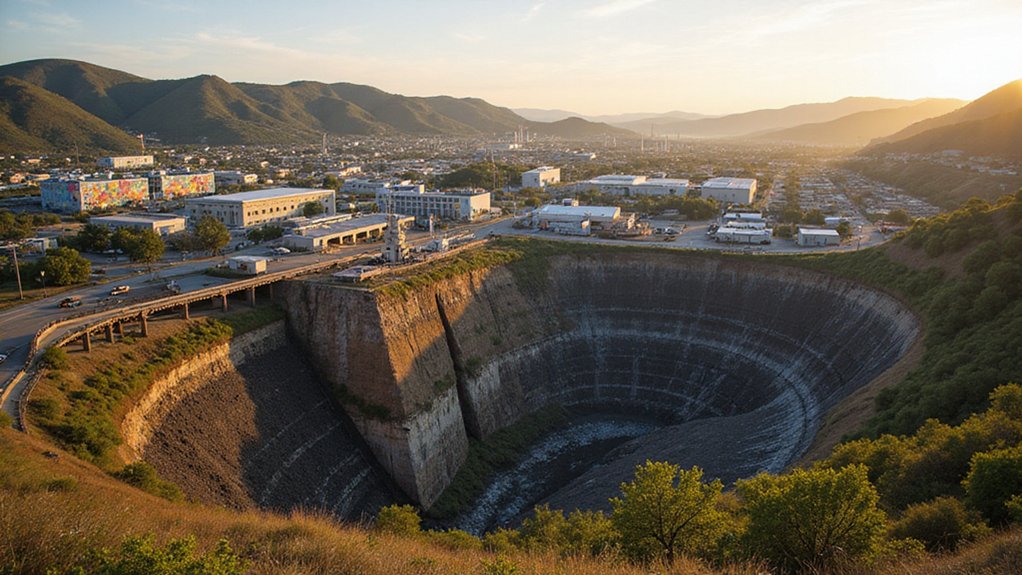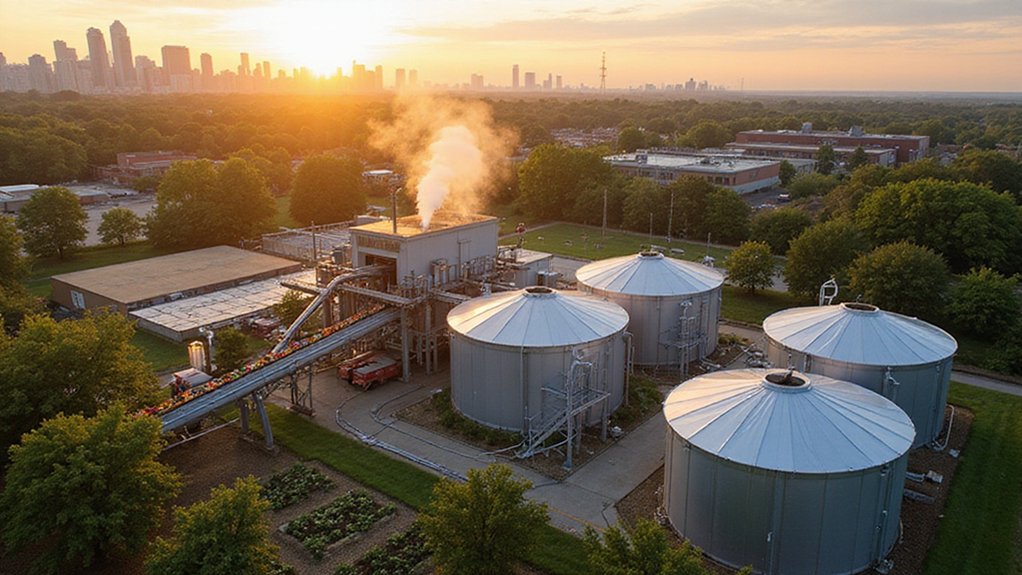While coal-dependent communities once faced uncertain futures, towns like Collie, Australia are now reinventing themselves through ambitious alteration projects. The Australian government has invested A$662 million in Collie’s transformation, funding retraining programs, industrial diversification, and infrastructure improvements.
Tourism development has received $38 million for public murals and adventure trails, which has already increased visitor numbers. Meanwhile, $300 million is being used to decommission coal assets, creating opportunities for new industries on the former mining lands.
One success story is Magnium’s green magnesium pilot plant, which has generated over 1,000 construction jobs and 400 permanent positions. The full-scale facility aims to capture 5% of global magnesium demand by 2030, showing how former coal towns can pivot to green manufacturing.
Collie’s green magnesium plant demonstrates how coal communities can successfully transition to sustainable industrial futures.
Renewable energy projects are transforming old mine sites into clean power hubs. Collie now hosts a A$1-billion battery energy storage system as part of state renewable initiatives. Some former mines are being converted into gravity batteries, using existing shafts for innovative energy storage solutions. The US Department of Energy has allocated $500 million for similar clean energy projects on former mine lands until 2026. These efforts mirror the global trend where renewable energy investments have surged by 43% from 2020 to 2022.
Environmental remediation is a critical first step in this transformation. Brownfields must be cleaned up to address hazards like fly ash impoundments and asbestos before new projects can begin. These efforts aim to restore ecological stability while creating land suitable for new economic uses.
Community involvement stands at the heart of successful alterations. Collie residents participate in co-designing post-coal strategies and infrastructure projects. This collaborative approach guarantees that new developments honor the historical significance of mining while creating fresh opportunities.
Workforce retraining programs help former miners develop skills for emerging sectors like renewable energy, manufacturing, and tourism. This support helps preserve community continuity during major economic shifts. The approximately 550,000 abandoned mines across the United States represent similar opportunities for transformation in American coal communities.
As energy storage investments in former coal regions are projected to reach billions annually by 2040, these towns aren’t just surviving—they’re pioneering industrial futures their coal-mining ancestors could never have imagined.
References
- https://www.bdo.com/getmedia/647c2636-4ed1-4db7-9aeb-47c216160292/NRE-Report-BDO-UK-Annual-Mining-Report-2025.pdf
- https://reasonstobecheerful.world/abandoned-coal-mines-gravity-batteries/
- https://theminingexecutive.com/the-mining-industrys-transformation-trends-to-watch-in-2025/
- https://www.verdantix.com/insights/blogs/how-the-doe-seeks-to-transform-america-s-coal-mining-communities-with-clean-energy
- https://www.climatechangenews.com/2025/03/19/this-australian-coal-community-is-co-designing-its-own-green-future/









